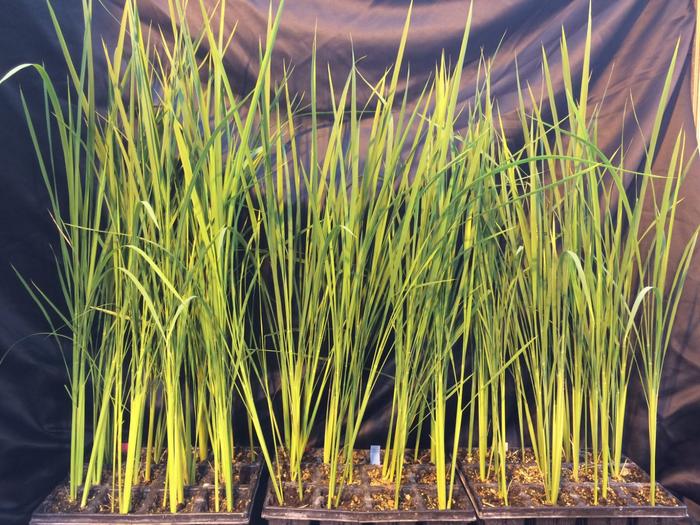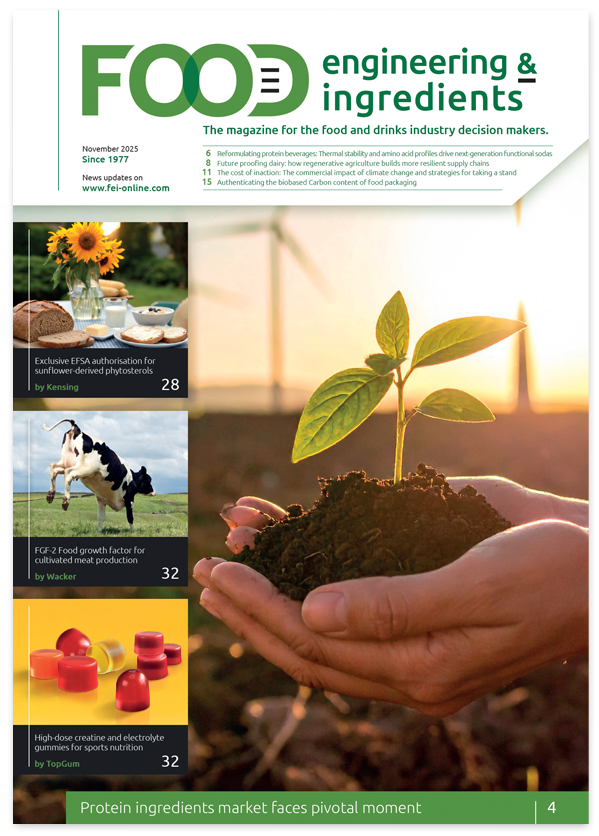Italian Space Agency develops CRISPR-modified rice for space cultivation
A collaborative four-year project led by the Italian Space Agency is developing genetically modified rice varieties specifically designed for cultivation in space environments and extreme terrestrial conditions.
Collection of CRISPR-Cas mutagenised rice plants. (Courtesy of the University of Milan)
The Moon-Rice project combines expertise from three Italian universities to address the challenges of food production during long-duration space missions. The University of Milan contributes rice genetics knowledge, whilst the University of Rome ‘Sapienza’ specialises in crop physiology manipulation and the University of Naples ‘Federico II’ provides expertise in space crop production.
Super-dwarf varieties target space constraints
Current terrestrial rice varieties, including dwarf cultivars, remain unsuitable for space cultivation due to size limitations. “What we need is a super-dwarf, but this comes with its own challenges,” explains Dr Marta Del Bianco, plant biologist at the Italian Space Agency. “Dwarf varieties often come from the manipulation of a plant hormone called gibberellin, which can reduce the height of the plant, but this also creates problems for seed germination.”
Researchers at the University of Milan have successfully isolated mutant rice varieties capable of growing to just 10 cm in height through CRISPR-Cas mutagenesis techniques. Simultaneously, Rome-based scientists have identified specific genes that can modify plant architecture to maximise production efficiency.
Enhanced protein content addresses nutritional requirements
The project extends beyond size reduction to address nutritional demands in resource-limited space environments. Given the impracticality of meat production in space habitats, researchers are increasing the rice’s protein content by adjusting the ratio of protein-rich embryo to starch components.
Microgravity simulation studies underway
Dr Del Bianco’s research focuses specifically on plant adaptation to microgravity conditions. The team simulates space conditions by continuously rotating plants to create equal gravitational pull from all directions. “Each side of the plant gets activated continuously and it doesn’t know where the up and down is,” she notes. “It’s the best we can do on Earth because, unfortunately, doing experiments in real microgravity conditions, i.e. in space, is complex and expensive.”
The research has practical applications beyond space exploration. “If you can develop a robust crop for space, then it could be used at the Arctic and Antarctic poles, or in deserts, or places with only a small amount of indoor space available,” explains Dr Del Bianco.
For more information, visit: https://www.asi.it



